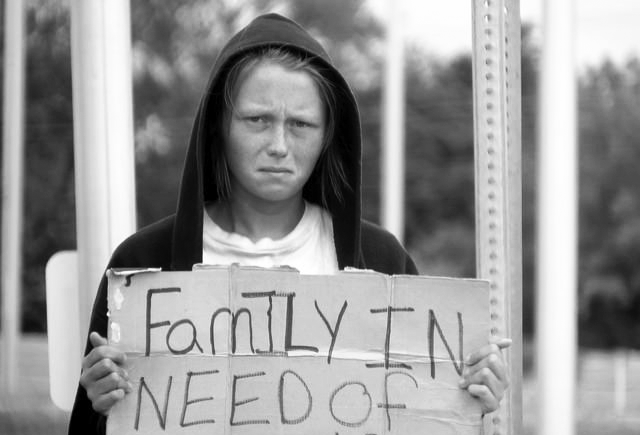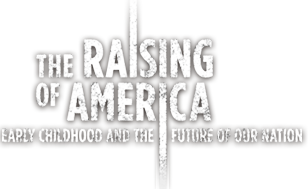DISCOVER
Can I Borrow a Diaper?

Food banks to feed the hungry have become as much a part of our economic landscape as tax breaks for billionaire hedge fund managers. Neither seems to provoke much surprise, alarm or anger anymore.
But diaper banks?
Diapers are a simple thing, out of sight, out of mind—until you have a baby. But diapers are no trivial matter for low-income and poor families. Infants require up to 10 diapers a day, toddlers about six. The cost? Up to $80 per month per child. More if cash, time or transit constraints limit shopping to the corner market rather than a large discount store.
Can a parent cut back on diaper changes? Not safely. Keeping children in wet or soiled diapers risks dermatitis and urinary tract infections—and fussing and crying from chafing and discomfort. And even hepatitis and strep infections have struck babies reduced to just a couple diapers a day.
Can a parent switch to cloth? Not really. Diaper services are expensive. Coin-operated laundromats often prohibit washing cloth diapers for sanitary reasons. And most day care centers, even the free and subsidized ones, require parents to provide a day’s supply of disposable diapers.
Isn’t there a government program to help with diaper purchases? Nope. For example, SNAP (food stamps) excludes diaper purchases along with cigarettes, alcohol and pet food.
And the ball keeps rolling. If parents or caregivers can’t provide disposable diapers for the day, their children will likely be turned away from child care. If their children can’t attend childcare, the parent will miss work, school or job training. In some cases, she’ll lose her government child care subsidy, the very subsidy intended to increase access to child care for low-income families.
Yet according to a 2013 study of diaper use, almost one in three low-income women reported they can’t afford the diapers their babies need.
Women unable to afford diapers reported either borrowing money or diapers from a friend or family or stretching the diapers they have by changing them less often. If they are lucky enough, women can go to a community or social service agency for diapers, most likely supplied by a diaper bank. There are 358 diaper banks in the U.S. (as of 2015), according to the National Diaper Bank Network.
So what’s a parent to do? What trade-offs does he or she make when resources fall short? Sacrifice food? Transportation? Heat and electricity? Diapers?
Not surprisingly, the challenge of meeting a need as basic as diapers is major source of anxiety, stress and depression in mothers and caregivers, the diaper study reported.
TAKE-AWAY
While diapers are basic necessity to raise a healthy child, parents who are struggling economically are having to cut corners around diapers as well as other things. Diaper banks have cropped up to help, but it's surprising that this basic necessity should be difficult to afford in a nation as rich as ours.


















